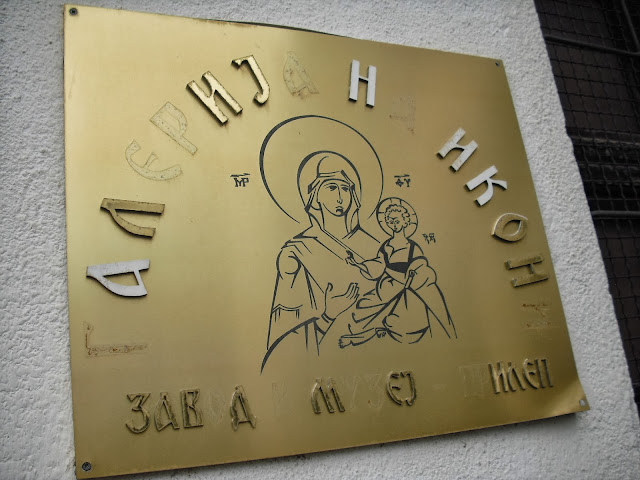"To be able to perceive how in the falling of the leaves the ascent of the spirit takes place, how the spiritual is the counter-manifestation of the fading sense-perceptible; this should as a perceptive feeling for the spirit — ensoul the human being in autumn! Then he would prepare himself in the right way precisely for Christmastide.” Rudolf Steiner
I am back in the States, my country is at least open for a few more months. I scheduled a brief rest before I go back to the rigours of daily living and survival, searching for a place to live, regular work and finishing the projects I started whilst in Europe. One of the reasons I chose to stop for a while in New York was because Autumn is my least favorite time in Southern California where I have some business to attend to when I return. It is usually very hot, windy, full of fire and dust, and everything is a dull dry brownish tan. As I am feeling very rootless these days, the thought of being hot and dry was a bit more than I could take, so I decided to use a credit I had at a retreat center in New York State, just north west of the big city. Arriving in the city very early in the morning, was a bit jarring to my senses, because the port authority transit center felt a bit like I was in Las Vegas, so many lights. I could have eaten Chinese food or pizza at 5 am in the morning if I liked.
As soon as the bus left the city, I was able to breathe again, and the sunrise was beautiful. I kept thinking how amazing this land was before the Europeans mowed it down. The autumn leaves I longed to see did not disappoint, and the weather has been a spectacular warm and clear symphony of color. Such a contrast to the blaring lights and advertisements of the city. One visual I did enjoy was a marquis that flashed ads for upcoming events or popular sentiments. There is a play now in New York celebrating atheism "OMG There is No God" is the new sensation on Broadway. What followed the ad for that was another big ad that said, "To our atheist friends, thank God you're wrong."
After I went to Sunday Services at the Spring Valley Christian Community, I was surprised that there were Michaelmass colors for the vestments. I then realized we were still in the Michaelmass season, I am still not focused on dates from all of my travel. As I walked to and from the dorm to the Church in all of the red and golden splendor, I felt an aliveness I have not felt in a while. Why, I thought, does this feel so alive when actually the trees are shedding their leaves, to go dormant for the winter?
In our current marketing of materialism, Christmas has been hijacked as a means to pay store rents for the entire year. Each year, it seems as if Autumn is skipped in order to start the drum beat towards "holiday shopping." One nationally syndicated radio station group starts with "Holiday" music it seems to me on November 1st, and only has a repertoire of about 10 songs they play incessantly. I usually reach my jingle threshold around mid December. The religious right screams about the "war on Christmas" and seems to think by making retail store personnel say Merry Christmas all will be made right in the world. As I was looking for a good quote for Michaelmass I came across the one at the beginning of this post.
I am always fascinated at how the adversaries distract from the Spirit and the Christ. Once, after I had returned to the states from living in Europe for a year, during the crush of Christmas I found sacrilegious. I thought how could this frenzy have anything at all to do with the hope and triumph that the Incarnation provided? And what of the preparation for the Christ? I just do not think this is what he had in mind. And now I learned, there is actually a beautiful way to prepare our hearts, to make room in the inn so to speak, for the Christ Child, and it involves the beautiful leaves I see before me.
We all fear death, but in essence, death is the opportunity to grow, progress and ultimately be with the Christ and the Father. Why is it we resist this so, why do we fear it? As the quote says, the leaves remind us, in the falling leaves is the ascent of the Human spirit. And not only do they remind of this, they do it in a blaze of color.
The words of the Michaelmass service talk of the fact that Michael is the "Countenance of the Christ." He makes way for the coming of the Cosmic Christ. I am also starting to comprehend why the Archangel Michael is often portrayed with the Black Madonna. It seems as if it a double message, that we must prepare our hearts to encompass the Christ within. I can see now the falling leaves, in their blaze of color show us that the material, as beautiful as it is, can only be temporary, what is real and lasting is the Spirit. Focusing on this, to make room for the birth of the Christ Child, seems ever so beautiful and meaningful to me, it brings a new depth to this seemingly ignored season of preparation.































